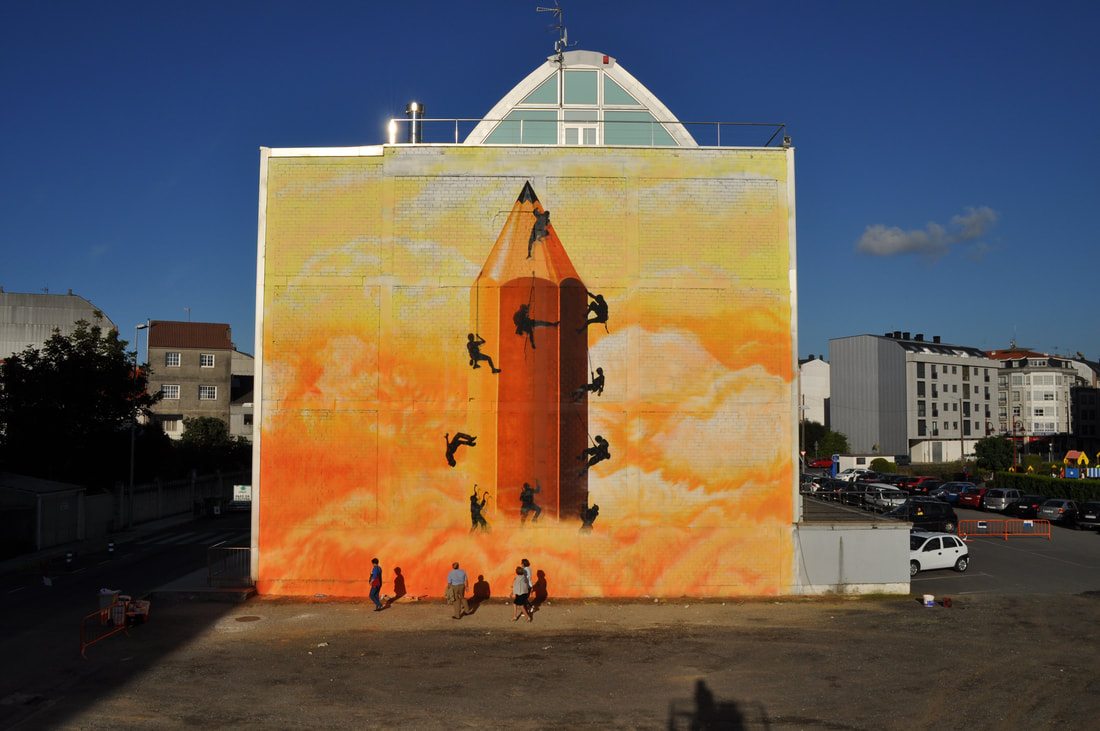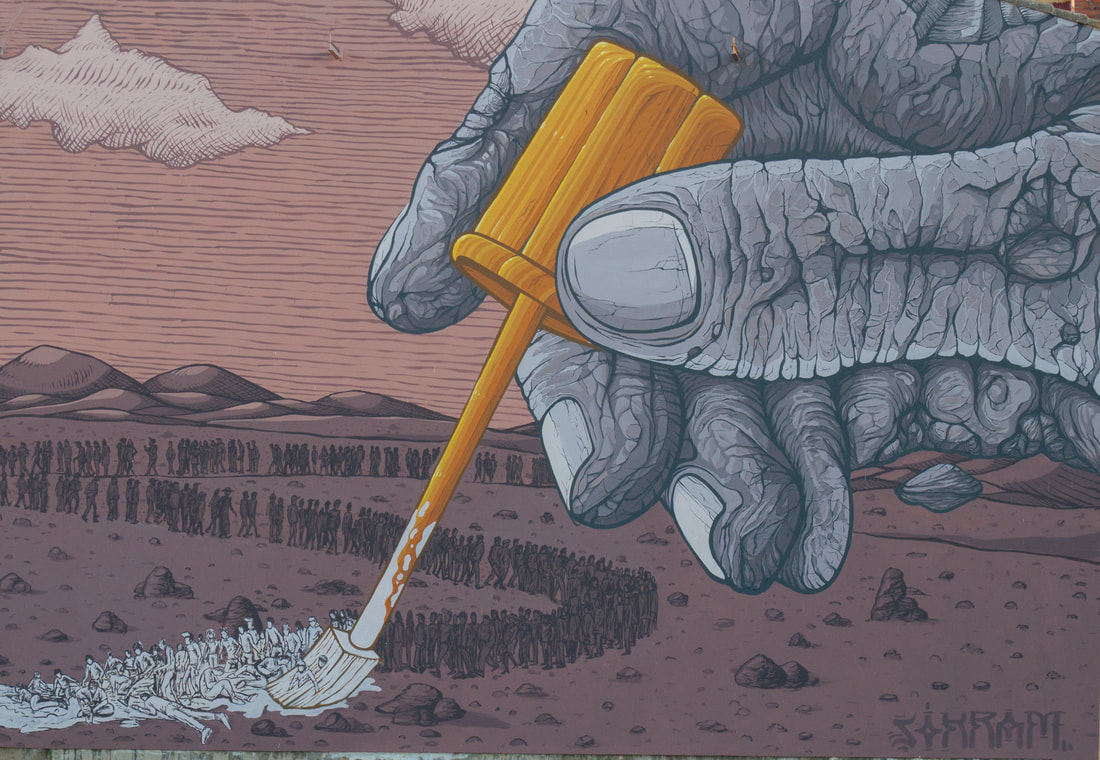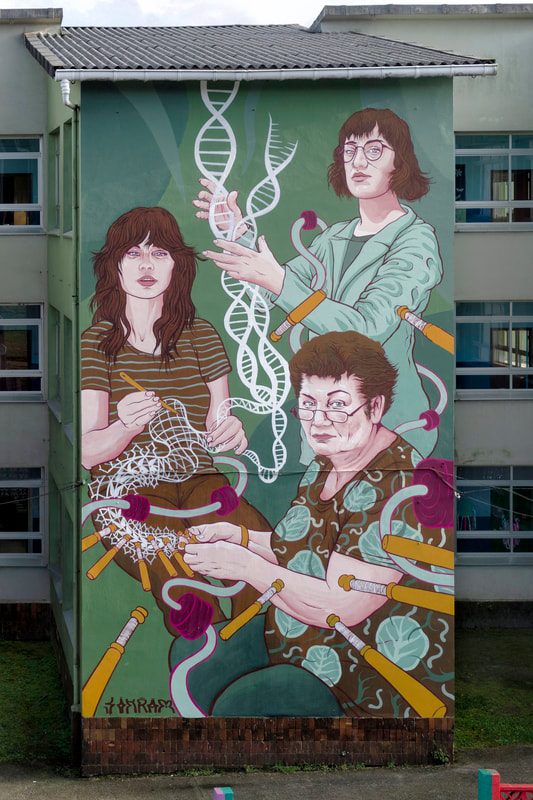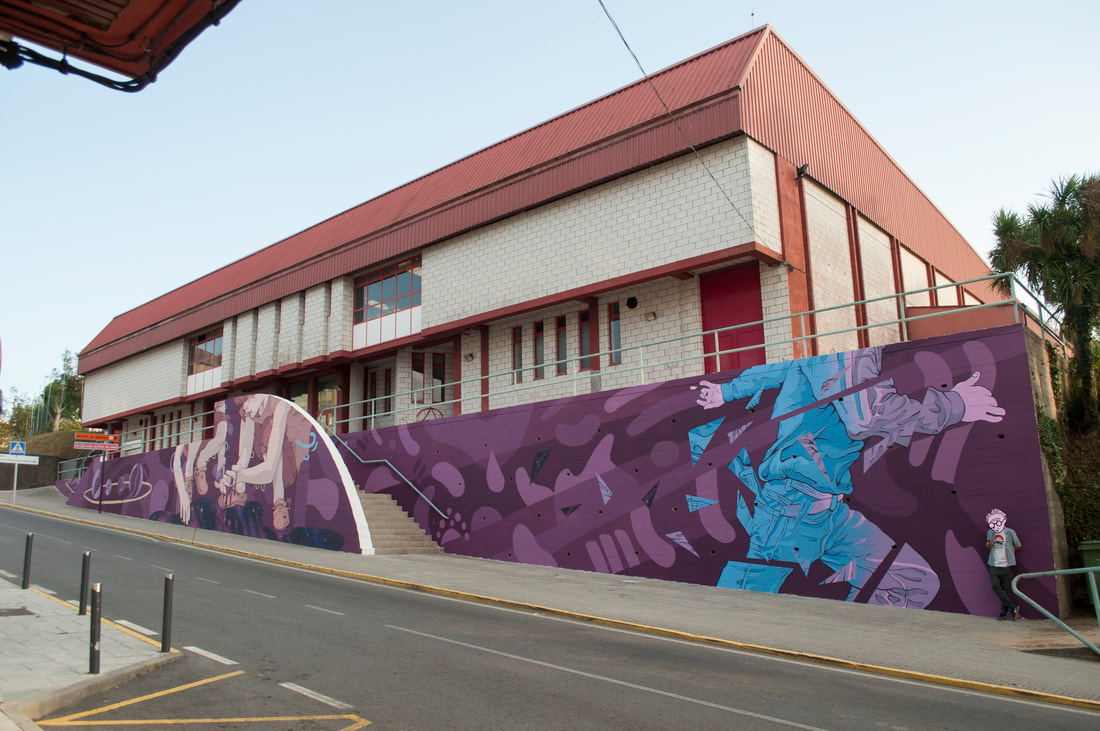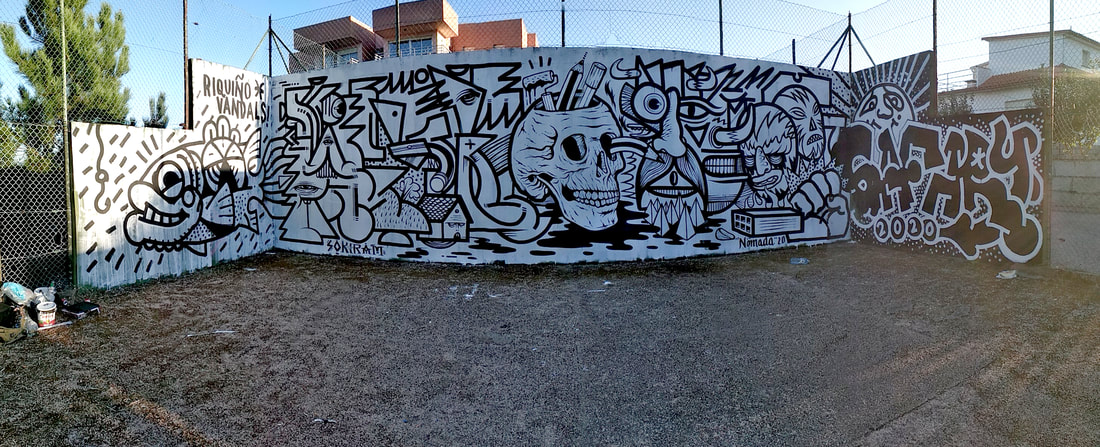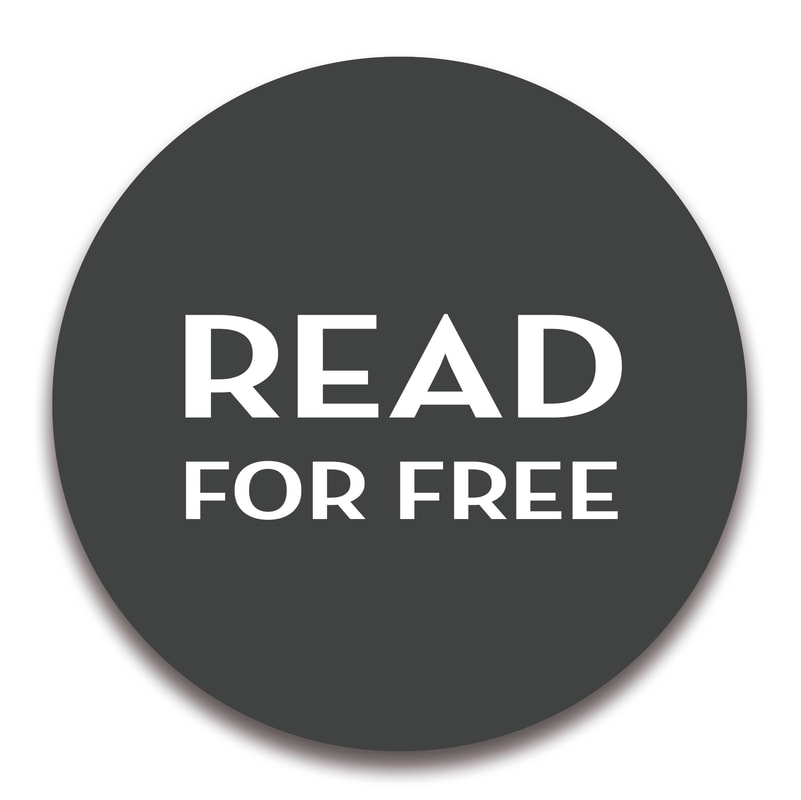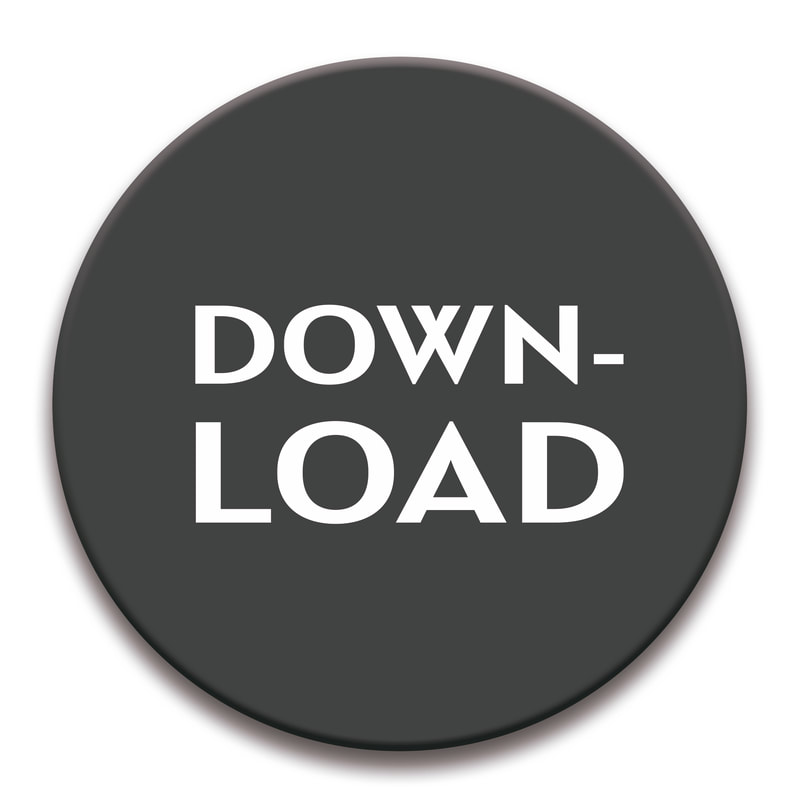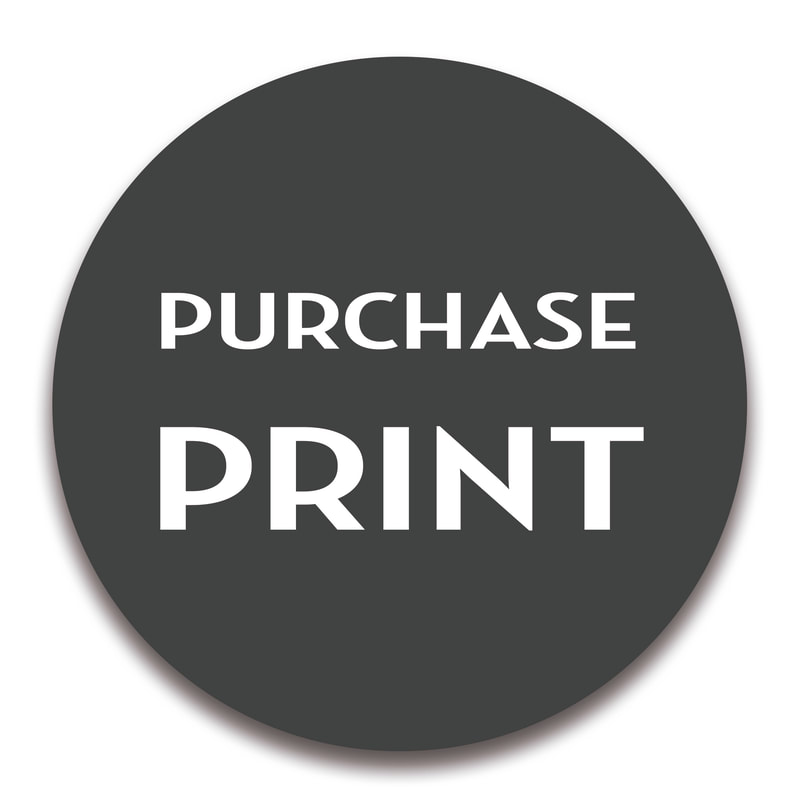Sokram, introduces you to intricate worlds, making out long lines winding themselves in different directions.an article written by Marie Bertelsen
ARTICULATE #30 | January 2022 To Sokram, painting the street is an exceptionally direct, generous, and also the most free artistic medium that exists. Another quality street art has is being democratic. A mural is free in that it is not confined to closed spaces, there are no barriers for participation, and there are no rules or codes
The art of the Spanish artist Sokram (b. 1980), introduces you to intricate worlds, with snakes, strings, tongues, ribbons, insects, making out long lines winding themselves across the canvas (and walls) in different directions. Perhaps the tongues or tongue-like motives, represents speech or the oppression or omission of it. One of his most notable artwork is also “Temptation”, a mural showing a snake with the apple of Eve. It is biblical, obviously, and mythic. An earlier mythical serpent creature comes to my mind. Medusa. Famous for having a hair of live snakes and turning people to stone simply by looking at them. Medusa has been used to represent numerous things such as using one evil to destroy another, as a warning, but perhaps most of all to represent transformation and freedom, in the molting of snakeskin and thereby the cycle of death and rebirth. Sokram artwork is a creation of different dimensions, with the starting point of flat building surfaces being brick or concrete walls. Going from a gray, bland, noticeably unnoticeable canvas, he transforms the surfaces to multidimensional and colourful, making them stand out from the surrounding area. It is a surreal reworking of the urban.
|
In the interview of Sokram, we several times get an idea of an impulsive artist, his brain working as a dual processor, being both conscious and unconscious, the two working alongside each other, where on other occasions, his art is the result of a more thoughtful effort or developing something he is interested in talking about. It all depends on the project and the context. When he has to decide what his project is going to be, there is no single way of working or coming up with a final idea. Sometimes it pops into his head at a certain time or in a given situation, making him stop what he is doing to quickly sketch in order to remember it and later develop them more thoroughly. In other cases, a sentence generates an image in his head, or an image generates a sentence in his head. He at times creates flow in several directions simultaneously, which perhaps is due to him also working as a musician and a lyricist.
Normally, ideas come to him from emotions or things moving him, generating the need to talk about them. It can be something that causes him outrage, laughter, or reflection. Another artwork he did, was “Malas Linguas”, or “Bad Language” at the International Urban Art Festival in 2011, where tongues of several people are strangling a man. This is just one of his choice of subjects, and his objects are often inspired by social and political current affairs, and the concerns and worries of what he learns and reads. Contemporary politics and current events inspire him, and he even calls this inspiration a common thread in his work. I personally find it interesting how conscious and aware he is of this, where some artists would let the same become an inspiration and influence and impact, but without acknowledging it.
|
In the case of the murals, however, it is usually not an improvised process, and Sokram always tries to have a clear and elaborated idea. Using three disciplines, he moves toward a final piece, starting out with a discovery through drawing or pointing, then transforming it to wall format. This helps him clearly define what the execution process should be like, so he avoids taking spur-of-the-moment decisions that can lead to many hours of extra work. Regardless of this, creating the street art, as Sokram does, is a surprisingly strenuous process. First of all, there is a deadline, especially in the case of creating art for festivals, and many factors are out of your control. Simply the context of painting outside in nature is a humbling process: the weather, the state of the machinery used and the wall itself, his physical mental-state, the quality of paint, the tools, and how well the event is organised are all factors you have to take into consideration.
You could, of course, pray to weather gods, I recommend Zeus, but in many ways you are powerless. There are bigger forces than yourself at play. However, Sokram thrives in it, even calling it an invigorating high-performance sport, and murals and street interventions thereby remain his favorite media and the artform he is truly passionate about. To him, painting the street is an exceptionally direct, generous, and also the most free artistic medium that exists. Another quality street art has is being democratic.
A mural is liberated in that it is not confined to closed spaces, there are no barriers for participation, and there are no rules or codes. It is human and natural, he explains, because ever since ancient times we have appropriated, modified, and intervened artistically in the common space we inhabit, and Sokram believes graffiti and the different practices of what is called urban art are simply a continuation of our human behavior. With the themes as seen in the story of Medusa, we understand how Sokram approaches the public space. With freedom and transformation. This article about Sokram takes part of the 30th magazine, ARTICULATE #30. Read, download or order your print version of the full publication below.
|
SUPPORTARTICULATE
www.articulate.nu SUPPORT Monday - Friday 8:00 - 16:00 [email protected] +45 30 48 19 81 Head Quarters VAT DK40953191 |
|

